Overview
- Conduct and lead research on the development of cutting-edge machine learning, data assimilation and reduced modelling techniques for improving the predictability of Earth system models (atmosphere, air pollution, radiation modelling, ocean, multiphase flows and environmental issues) and assessment of natural disasters (e.g. flooding) and pollution in coastal/urban environments
- Lead the research on multiscale fluid flow modeling for urban environment (complex urban geometry, green infrastructure, land surface, traffic, radiation);
- Lead research on next generation adaptive mesh air pollution and weather forecast model (collaborate with Institute of Atmospheric and Physics, CAS in China)
- Lead research on the 2D and 3D flooding model using adaptive mesh techniques
Ozone real-time prediction over Chine using machine learning VAE-GAN
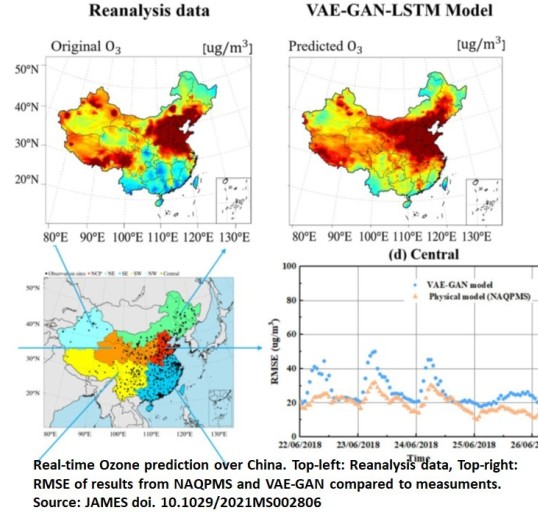
Flooding prediction using machine learning DCGAN
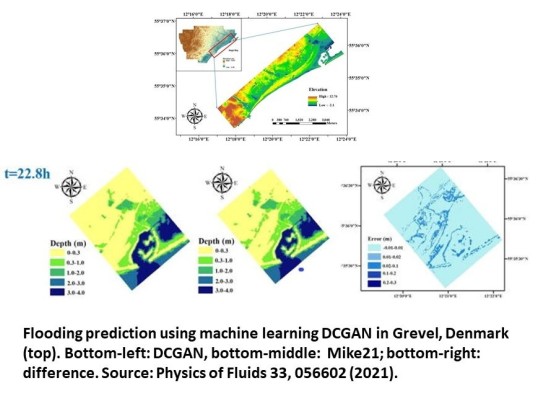
Daily stream forecasting using ANN and LSTM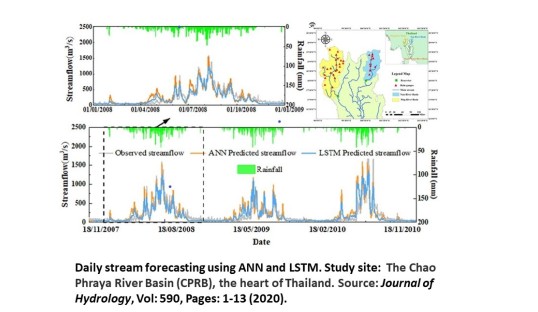
SO2 perdition using adaptive mesh modeling (Fluidity)
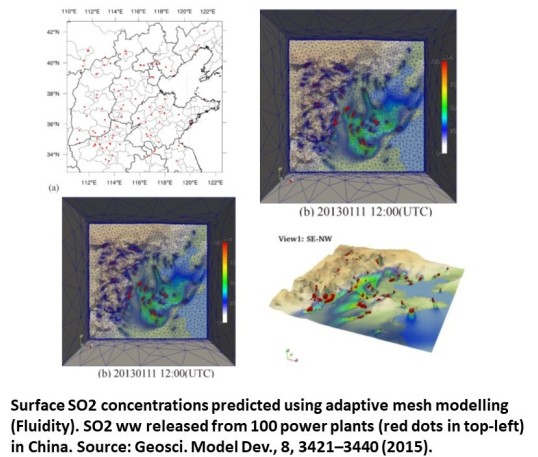
Virus spreading using adaptive mesh modelling
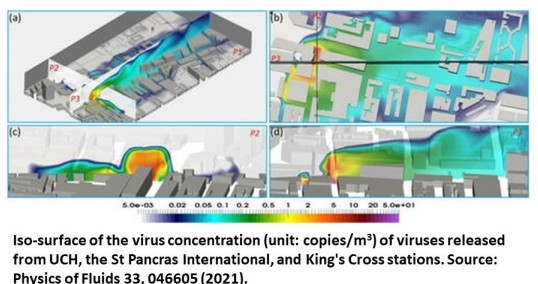
Reduced Order Modelling - Videos

Adaptive unstructured mesh air pollution modelling - Video

RESEARCH GRANTS

- Tackling Air Pollution at School (TAPAS), NERC, £470k (Co-P.I) (2020-2023)
- The International Exchanges 2017 Cost Share: Cost-effective algorithm for field soil water and fertilizer data fusion based on surrogate model, The Royal Society, £12k (PI) (2018-2020)
- Managing Air for Green Inner Cities (MAGIC), EPSRC consortium, £5M (Co-PI) (2015-2020)
- 3D simulation of sediment transport and mass exchange in stratified estuary, The Royal Society, £12k (Co-PI) (2016-2018)
- Computational Nuclear Engineering, HMS Sultan, £240,388 (Co-PI) (2015-2017)
- Preparing for Extreme and rare events in coastal regions, ERC, 2013-2017 (Acting Co-PI), Euro 343,329
- Promoting International Collaboration, a UK – China Initiative i.e. UK-Sino Virtual Lab on Predictive Modelling for Sustainable Urban Development, EPSRC, 2012-2013 (Co-PI), £40, 000
- A UK – China Initiative to Develop Predictive Ocean Modelling as a key aspect of a Joint Advanced Environmental Modelling Centre that can tackle grand challenge problems, NERC, 2012-2014 (Co-PI), £290, 000
- Advanced new methods for multi-scale free surface Regional Ocean modelling with adjoint data assimilation, EPSRC, 2010-2013 (Co-PI), £789,662
- Next Generation' unstructured mesh ocean global circulation modelling. NERC, (A key research participant), 2005 - 2011, £1.1M
Collaborators
Professor Frank Kelly, Environmental Research Group, Imperial College London, 2019
Prof. Kumar Prashant, University of Surrey, 2018
Dr Marc Stettler, Transport and the Environment in the Department of Civil and Environmental Engineering at Imperial College London, 2018
Prof. Fun Chung, National Heart & Lung Institute, Imperial College London, 2018
Prof. Paul Linder, University of Cambridge, 2016
Prof. Yang, School of Economics and Management, Tsinghua University, 2016
Prof. Runming Yao, University of Reading, 2016
Profs. Li and Yao, Chong Qing University, 2016
Prof. Haroldo Fraga de Campos Velho, INPE (Brazil), 2015
Prof. Zhiguo He, Zhejiang University, Modelling of sediments, 2014
Prof. Cuangbing Zhou, Prof. Zhixian Cao, Prof. Wenbo Lo, Prof. Wei Zhou, Wuhan University, Sediment, flooding, solid, fluid, soils-fluid coupling, environment and hydraulic engineering, 2011
Prof. Jiang Zhu, Prof. Zhifa Wang, Institute of Atmosphere and Physics, CAS, China, Air pollution, weather forecast, ocean modelling, 2011
Prof. Ibrahim Hoteit, KAUST (Saudi Arabia), 2010
Prof. I.M.Navon, Department of Scientific Computing, Florida State University, Data Assimilation, Reduced order modelling, Numerical modelling
Dr. Jie Zheng, Prof. Hang Xiao, Institute of Urban Environment, CAS
Professor John Polak, Centre for Transport, Department of Civil and Environmental Engineering, Air pollution
Professor Cedo Maksimovic, Civil Engineering, Imperial College, Flooding
Guest Lectures
Case Studies – CFD applications in cities and building, Chongqing University, 2021
Deep learning applied to Nonlinear fluidflow problems, Shanghai University, 2021
Multi-scale predictive modelling (machine learning, reduced order modelling, data assimilation) for urban air quality environment, Chongqing University, 2021
Deep learning applied to nonlinear fluid flow problems, Tianjing University, 2020
"Independent Set Perturbation Adjoint Method and its Applications" and "POD Reduced Order 4D-Var Adaptive Mesh Ocean Modelling", Institute of Atmosphere and Physics, CAS, Beijing China, 2010
Model Prediction, Data Assimilation and its Application, Wuhan University, Wuhan, China, 2010
Research Student Supervision
Ardjmandpour,N, Modelling and inversion of array induction tool
Barnard,V, The Inversion of the Boltzmann Transport Equation with Medical Optical Tomography Applications
Cai,S, Reservoir Property Inversion from Prestack Seismic Data
Cheng,M, Advanced machine learning modeling for spatial-temporal prediction
Du,J, Reduced order modelling and Navier Stokes Equations
He,Y, Integration of flooding in urban areas by modelling simulation
Hopcroft,P, New methods for inferring past climatic changes from underground temperatures
Hu,R, Development and applications of next generation flooding model
Little,A, Radionuclide transport modelling in the estuarine environment using CFD
Xiao,D, Next-generation data assimilation model and its application
Yang,P, Development and applications of solid and fluid coupling


